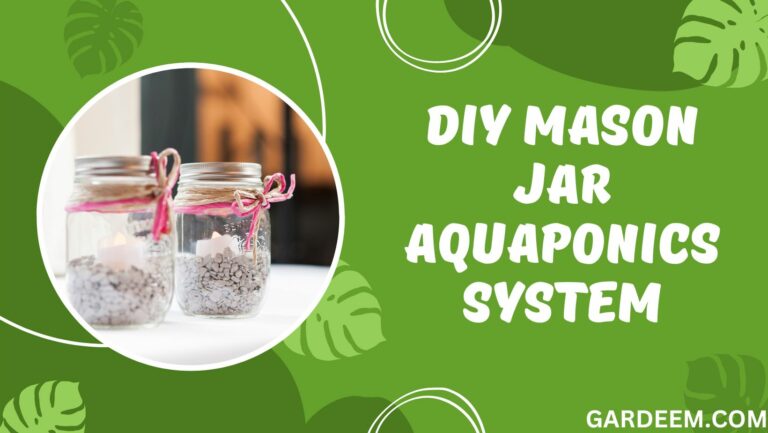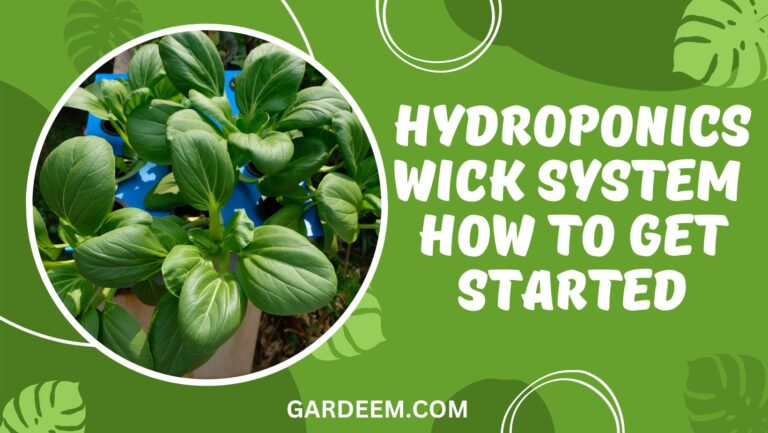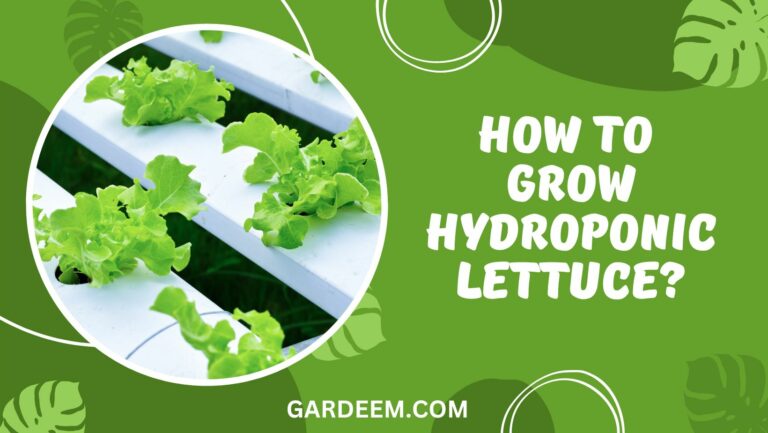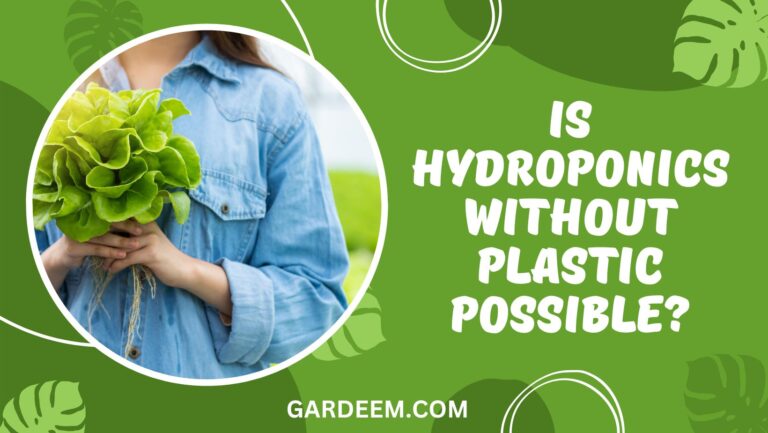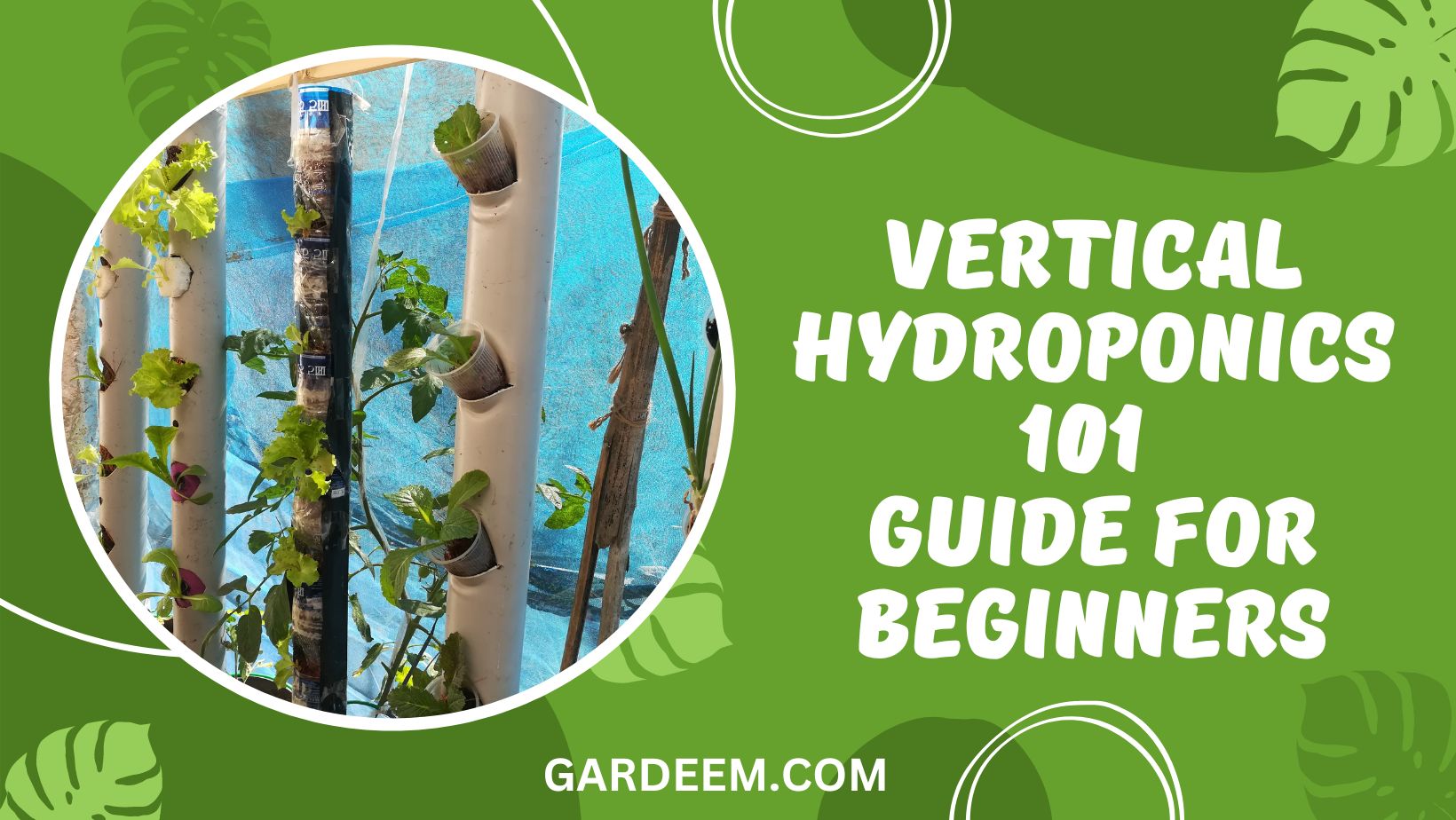
The first time someone told me about vertical hydroponics, my mind was blown.
The idea of taking everything great about hydroponics and reducing the floor space needed just made sense!
In this post, I’m going to tell you what it is, tell you all the benefits and give you a few pointers to watch out for.

What Is Vertical Hydroponics?
Leave it to the agricultural wizards at Oklahoma State University to get on the vertical hydroponics bandwagon. Their adoption of this sensible growing movement, in which plants are situated in tower gardens without benefit of soil, is a logical answer to an ongoing question: can food be grown in smaller spaces? Should farms continue to disappear? Conventional hydroponic techniques are employed but gravity is the force that moves water and nutrients from top to bottom to sustain plant growth.
You’re still going to need many of the same bits of equipment such as water pumps, air stones and a pH meter but the space you’ll save is truely astonishing!
Advantages of Vertical Hydroponics
- Towers can be located in small spaces as long some form of light is available.
- Erect a vertical hydroponic garden inside and grow produce and flowers year round.
- Achieve high-density yields without occupying a big footprint.
- The problem of soil-borne diseases is virtually eliminated.
- OSU professors say vertical farms offer “more than 90-percent efficiency in water use.”
- It gives inner-city neighbourhoods a practical way to get freshly-grown produce.
- Improves air quality by filtering pollutants and removing carbon dioxide.
- Reduced heat absorption can result in energy savings in certain types of structures.
Compact & Space Saving Design
Lest you think that building-high structures that rely upon steel girders and welding to create the skeleton for a vertical hydroponic set-up are required, just about any material can be turned into these clever towers.
Australia’s 1MillionWomen website suggests that it’s possible to customize a vertical farm design to fit every space imaginable.
While a typical do-it-yourself project using 5- by 5 feet of space can sustain about 56 plants, anyone can re-purpose household items to create a customized vertical hydroponics garden. That list includes shoe storage bags and shipping pallets.
Efficiency
The word manageable comes to mind when gardeners construct vertical hydroponics projects. “Container vertical gardens only really makes sense for gardeners with extremely confined spaces, where their daily attention is concentrated to a tiny space,” says Jonathon Engels.
His post on the PermaCulture Research Institute website extols the virtues and demands made upon vertical farmers as they go about maintaining them.
Productivity
The bottom line is that vertical garden towers are models of efficiency, producing more food per flat square foot than traditional farms, and because structures are confined to finite spaces, tending to them saves time and energy.
You can even avoid straining your back since you are likely working at eye level rather than kneeling on the ground, and since every plant is in a container, you have more control over its root system.
Minimal Wastage
Since about 30-percent of all produce grown on conventional farms falls victim to weather and bugs, the amount of waste generated in a vertical tower—especially if that structure is built indoors—is relatively non-existent, say experts at AgriTech Tomorrow.
Low Maintenance
Daily tasks include watering, fertilizing, pruning, trimming, relocating plants that have outgrown root space and dealing with airborne pests and diseases. “In most vertical gardens–fertilizing is done a bit more often than in gardens based on the ground,” say editors at GardenTabs.
An outdoor vertical garden containing food, flowers and herbs may require fertilizing once every 2-3 weeks. Plants grown indoors can make do with fewer applications-—perhaps once or twice monthly. Pruning and trimming demands depend upon what you’re growing.
Disadvantages of Vertical Hydroponics
The initial expense of creating a vertical farm can be daunting and you won’t get return on your investment quickly. Further, adapting to soil-less gardening can take some time.
You could have problems setting aside time to care for your garden, especially if it is located outside where everything you grow is exposed to weather, pests and environmental assaults.
Out-of-your-control elements include glitches that threaten water and/or electricity supplies. If you manage your vertical farm via an electronics network, things could get more complicated if your system goes down.
Water Challenges
The element that can mean the difference between a thriving vertical garden and an experiment that fails miserably: is water. Overwater your garden, and you risk algae overgrowth that deprives crops of oxygen and can lead to root rot. Water delivery to the highest “floors” could be hampered if you run into water pressure issues beyond your control.
Challenging water issues include mineral build-up threatening the pipes and other conduits distributing water to your garden’s tiers. Expect your water bill to increase when hot weather arrives.
Light Supply Issues
Not every plant is created equal, and one way to find out just how unequal they can be is to take a close look at the lighting needs of the plants you add to your vertical hydroponics farm.
Without proper light, plants won’t thrive, thus it’s essential to become a student of intensities, durations and spectrums that deliver the energy that is converted to growth.
Whether you rely strictly upon the sun to do the job, have a complex lighting system installed throughout your structure or use both, it helps to have a hydroponics growing expert on speed dial.
How does a Vertical Hydroponic system work?
Singapore’s four-story rotating greenhouse producing a ton of greens every day can’t be compared to the tower garden you’ve erected on your patio, but that doesn’t mean both don’t operate on the same principles. This Public Broadcasting System (PBS) YouTube video offers a visual tutorial on how this concept works, especially if you’re just beginning your adventure:
Whether you intend to buy a pre-fabricated set-up online or you’re the creative sort who never met a challenge you couldn’t tackle on your own, we have it on good authority that people from all walks of life successfully create their own versions of vertical farms every day. As long as you’re willing to do the work it takes to maintain your “farm,” there’s a very good chance you could become a trend starter in your crowd!
The Bottom Line
So there you have it, hopefully, this guide has given you all the information you need to get out there and create your own vertical hydroponics setup.


